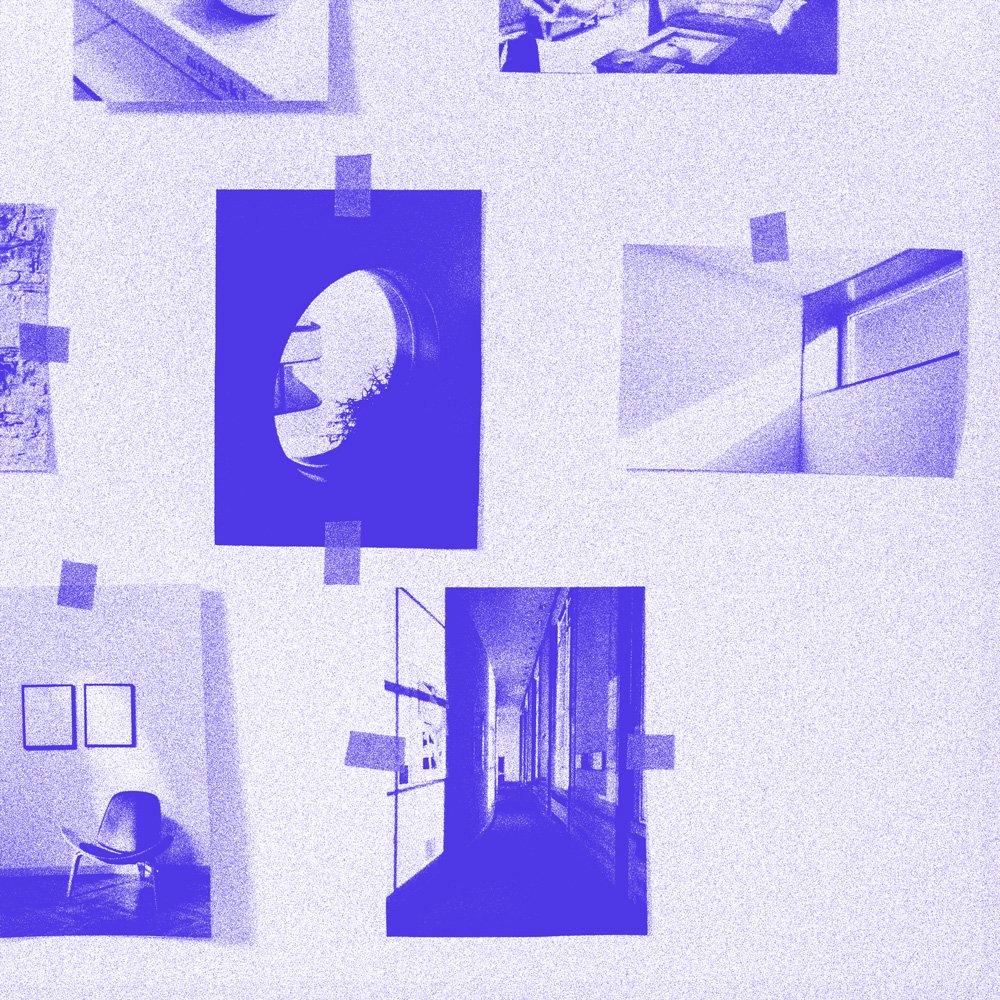What does a brand designer need from a client?
There are a few things that, as a client, you can think about prior to engaging a designer that are sooo helpful—drawing a design you want to see or providing ‘inspiration’ that you want copying aren’t among them.
Okay, so that sounds harsh but I can’t tell you the number of times a client has given me clear, detailed instructions (or an actual drawing 😂) of what they want to see in a design. I truly believe these clients think it’s a great help to the designer and that by doing these things they are saving time and therefore money. The reality is quite the opposite.
The truth is, the more struck you are on a set aesthetic, the more difficult it is for both you, and the designer to see past that and get into the nitty-gritty of what will actually work for your business and what you actually need to thrive.
Tempting as it is to show up having already decided on your brand colour, a type style and some images you want to incorporate, I encourage you to enter the collaborative phase of designing your brand identity with an open mind.
I call it collaborative and it absolutely is—which I’ll explain in a mo.👇
I sometimes take it for granted that people who get in touch with me know what I do, how I work, and what to expect from a client/designer working relationship. I’ve had many years of experience working in design agencies—communicating with marketing managers, seasoned account handlers and repeat customers.
It’s easy therefore to forget that many people don’t operate in the creative industries. With all the enthusiasm in the world, they’re not sure where to begin and what is involved. And, that’s no problem! It’s my job to guide clients and help them understand what is needed and when. Just as, you are the expert in your field or industry—please educate me and help me understand what I need to know about your world.
So here they are:
You may be surprised to hear it’s actually a short list. If you can embrace these things, it will not only make the design journey really fun but the results will be so much more effective in the long term—and that’s what we both want for your business!
The absolute first thing a designer needs to know is your ‘how’, ‘what’ and ‘why’. How do you want people to interact with your business, what are your ultimate goals, and why does your business exist? It may sound like a lot of questions at first, but discovering this background is fundamental to your designer understanding you.
Know your ideal customer. If you don’t know them—find out who they are. It’s impossible to design your brand identity without knowing your customer and understanding what they’re looking for.
Hint: people engage with brands they feel they can relate to. They want to feel connected to a brand. If they feel connected, they will want to invest in it.
Do some competitor research, but don’t think you need to ‘do as they do’ to succeed. I like to do competitor research before beginning a branding project and it’s interesting what turns up. Sometimes you find all your competitors look the same, are doing the same things and are churning out the same clichéd messages. That presents opportunities for you—there are real gains to be made from bucking the trend for the right reasons. This goes back to what I said at the beginning—sometimes, preconceived ideas can stunt potential.
So, I said designing a brand is a collaborative process. It is, and the reason I like to work in a collaborative way is that—contrary to what I’ve said above—I don’t sit on my high horse, tell you what you must have and not take on board your ideas. I welcome you to do a Pinterest board of things you like, tell me brands you love and pin things that inspire you. They are all very important as they help me understand who you are.
What we want to avoid (and the real crooks of this post) is choosing a brand aesthetic that serves on a surface level. Following a design trend that’s not right for you is a really elegant way to fall on your arse. Using neon red type and 80’s patterns because you love Stranger Things isn’t going to work if your customers aren’t attracted to it and it doesn’t make sense for your product or business.
I’ll take on board every idea on your Pinterest board if you can tell me why it’s a good fit—and in return, I will approach your brand project in the same way—with justification. I will take what we’ve learned from points 1, 2 and 3 above and formulate a design strategy and brand aesthetic that calls to you, and most importantly, to your followers! 👌


